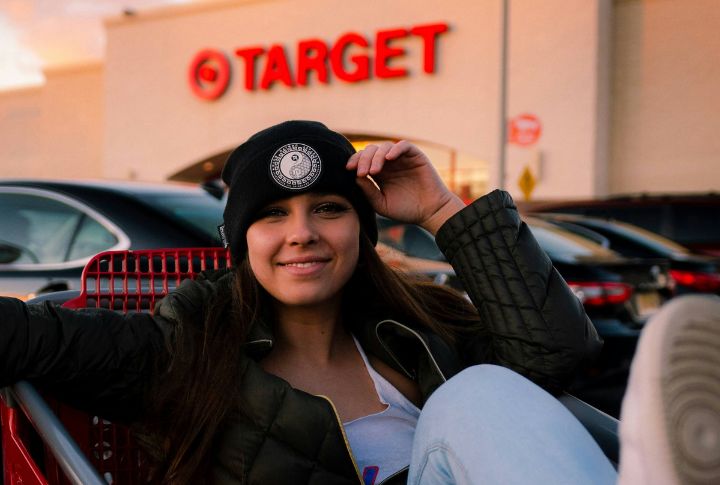
Target used to be the go-to spot for quick errands and affordable finds. It felt convenient as well as highly reliable, and just a little more fun than other stores. But that’s not the story anymore as shoppers have started noticing changes, and not the good kind. Here are 10 reasons people give for why they stopped shopping at Target.
Backlash Over DEI Rollbacks
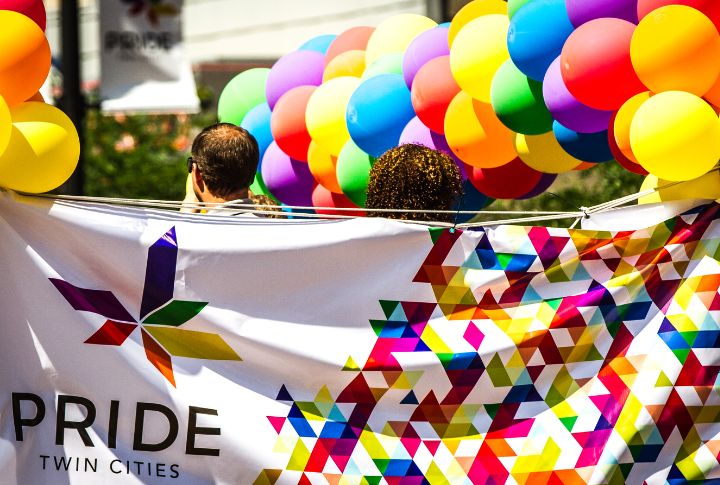
In early 2025, Target rolled back several diversity programs, one of which included REACH. The move sparked protests and public backlash, especially after Twin Cities Pride ended its partnership. As anger grew and boycott calls spread online, the company’s stock took a hit just days later, and many loyal shoppers never returned.
Competitive Disadvantage
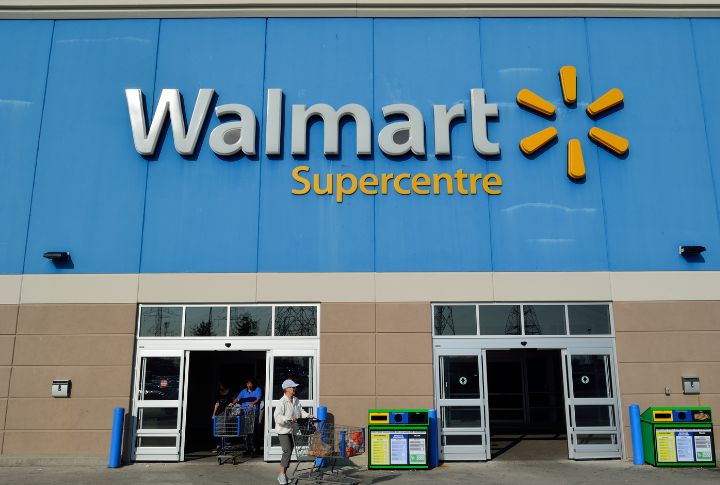
While Walmart doubles down on fast delivery and Costco holds steady with bulk savings, Target seems unsure of where it fits. Its mix of price and experience once stood out, but now it feels blurry, especially when rivals offer clearer value in tougher economic times.
Negative Social Media And Viral Criticism
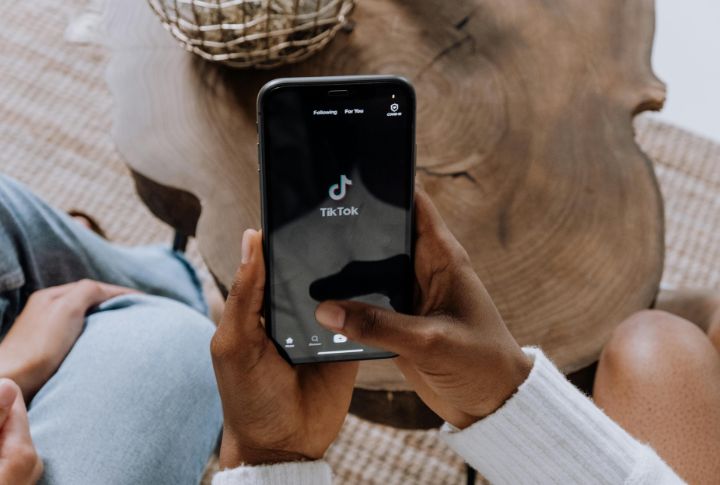
A single post showing messy aisles or poor service can spread fast, and that’s been hurting the brand. Viral complaints on TikTok and Reddit have shaped public opinion in real time. As these clips gain traction, they shape public perception and convince shoppers to question whether the brand is slipping.
Frequent Out-Of-Stock Issues
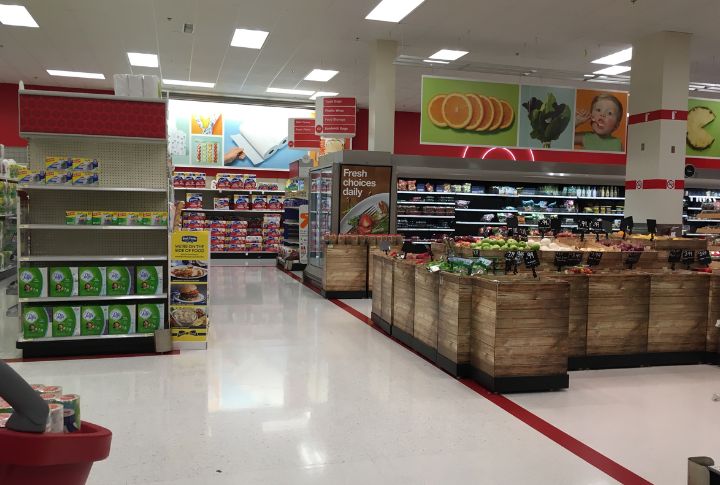
Persistent out-of-stock problems leave shoppers unable to find essential items they regularly buy. Unlike shortages of new products, this affects everyday basics. Empty shelves push customers to make extra trips or turn to competitors who reliably stock what they need, leading to frustration and lost loyalty.
Inconsistent Product Selection And Merchandise Issues

Shoppers once looked forward to finding fun, well-curated merchandise that made each visit feel fresh and exciting. Now, many say the shelves look less exciting due to fewer exclusive collections and confusing assortments, which have made repeat visits just don’t feel worth it anymore.
Digital Experience Falling Behind

Target’s app and website once felt sleek and easy to use, but now shoppers say they’re glitchy and harder to use than those of competitors. Problems like missing product information or confusing inventory updates no longer match the convenience people expect. In an era of seamless online shopping, its tech feels outdated.
Loyalty Program Losing Appeal
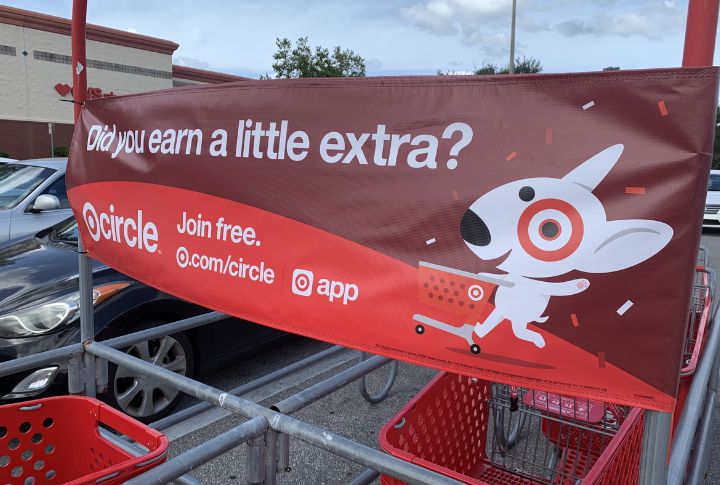
Target Circle used to offer real perks, but many shoppers say the rewards feel watered down. Discounts are harder to find, and personalized deals rarely match what people buy. As loyalty programs at other retailers get smarter and more generous, the retailer’s version is failing to keep customers engaged.
Decreased Store Traffic
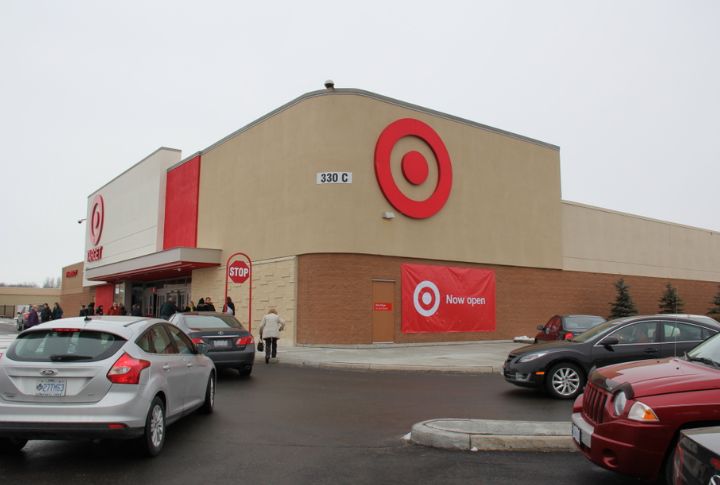
In 2025, the store visits slipped while competitors like Costco and Walmart pulled ahead. Analysts say the stores feel less inviting now, and many shoppers agree. The environment feels off, and without the energy it once had, people aren’t sticking around—or coming back.
Declining Store Conditions

Shoppers keep calling out cluttered shelves and disorganized layouts across stores. At the same time, more locations rely heavily on self-checkout, which frustrates customers looking for quick help. Target insists staffing hasn’t changed, but people say the in-store experience has gotten worse.
Brand Identity Confusion And Loss Of “Treat” Factor
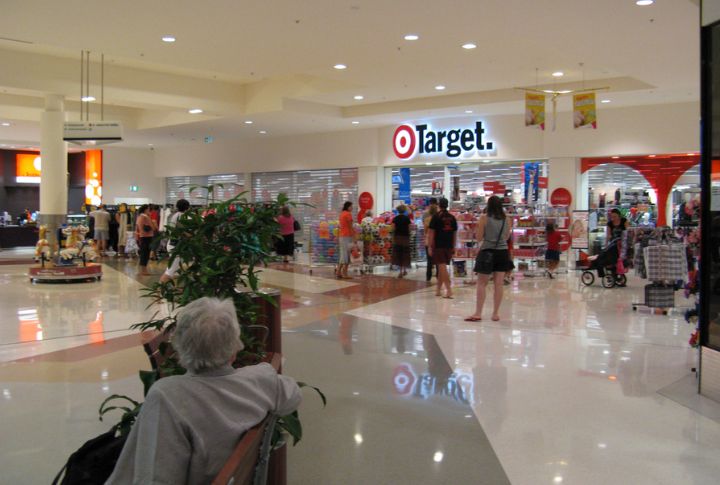
Target used to have a “wander factor”—you’d go in for toothpaste but end up buying something fun, like a lamp or throw pillow. Now, the store feels flat and uninspired. With fewer curated displays and bland layouts, browsing isn’t exciting anymore, so shoppers just stick to their lists or skip the visit.
